Learning more about how perfume bottle are made is a very important step. It can help you better understand the product and choose a good material of perfume glass bottle. The best perfume glass bottles are made of glass for superior quality and a clean look. Here is the sneak peek of what manufacture entails.
The perfume glass bottle manufacturing process involves a few steps that gradually result in an amazing product. These steps include:
1. Preparation of Materials
The primary raw materials used by most manufacturers include sand, soda ash, limestone and cullet. The sand gives the glass it’s strength once made. It also produces silica, which acts as a refractory material. It resists decomposition by heat and retains strength and form at high temperatures. Soda ash is used as a flux to lower the melting point of the silica. While cullet is what is used to make the recycling of glass possible.
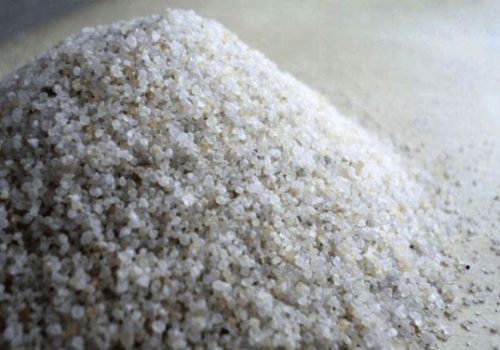
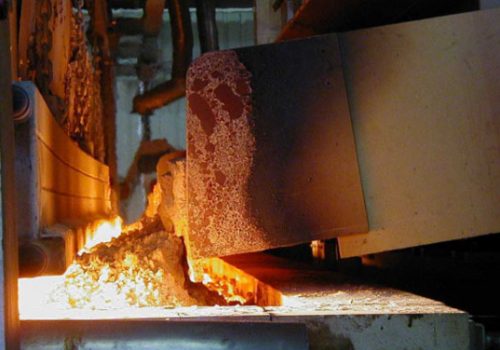
2. Batching Process
Batching consists of mixing all raw materials in a hopper before unloading them continuously into a furnace. The materials are unloaded in batches to make sure the composition mixed is the same for all products. This process is done using a belt conveyor that contains magnets use to remove iron and avoid contamination.
3. Melting Process
The batch fed into the furnace is burned at high temperatures of 1400°C to 1600°C. This allows the raw material to be melted into a viscous mass.
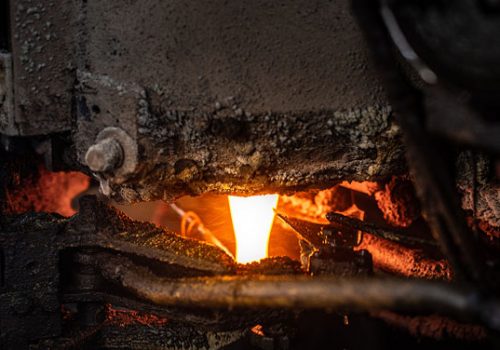
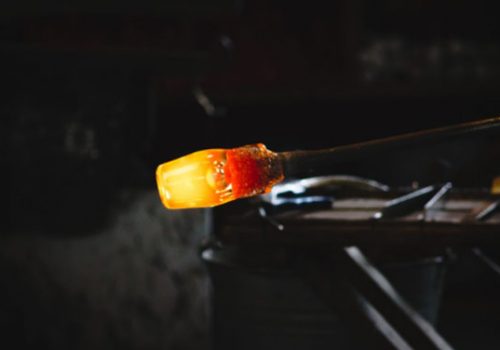
4. Forming Process
This process involves 2 different methods to obtain the final product. You can use Blow and Blow (BB) or Press and Blow (PB). In the BB process, perfume glass bottle are made by blowing compressed air or other gases. While PB involves using a physical plunger to press a gob of glass to form parison and blank mold. The blank mold is then blown to obtain the final perfume bottles shape.
5. Annealing Process
When the perfume glass bottle is formed it is then cooled to a temperature where the atoms can move freely without disrupting the glass ware’s dimensions. This is to ensure the material consistency and prevent spontaneous breakage.
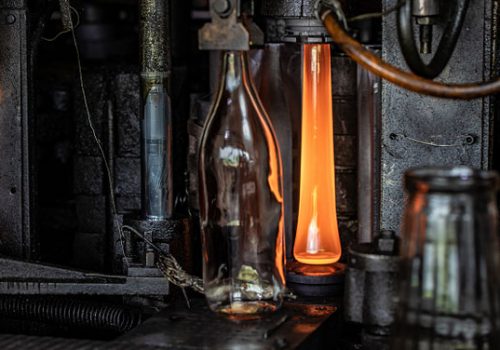
Post time: Jul-14-2023






